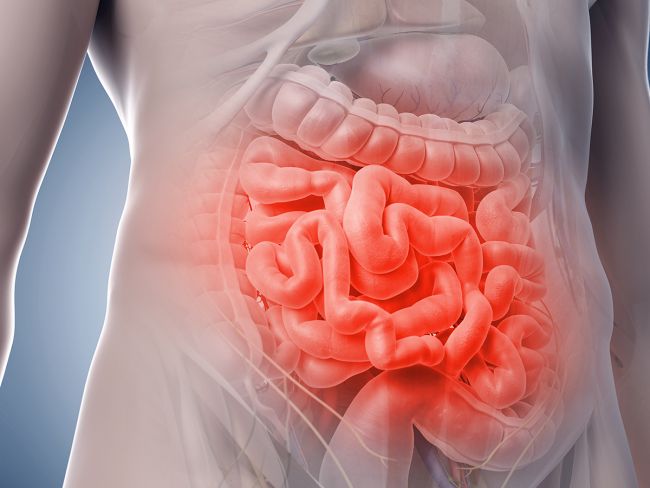Carbohydrates are one of the three macronutrients (the other two being fat and protein) that are found in the foods that we eat. Carbohydrates are divided into two types: complex and simple.
Simple carbohydrates consist of single or double sugar units - monosaccharides and disaccharides respectively. Table sugar, otherwise known as sucrose, is a disaccharide made up of a molecule of glucose and a molecule of fructose. Complex carbohydrates contain three or more sugar units linked in a chain. Starch for example is a polymer of glucose units.
Both simple and complex carbohydrates are digested in the gut by enzymes to release simple sugars. Starch is typically broken down into glucose. Cellulose, a carbohydrate found in fruit and vegetables, is also a polymer of glucose but it cannot be digested by most organisms.
The glycaemic index, also called GI for short, is a measure of how quickly the blood glucose rises following the ingestion of a certain type of food. Studies demonstrate conflicting results with regard to the different types of carbohydrate, and it is now believed that many carbohydrates such as those found in white bread, and some types of white rice and potatoes, have glycaemic indices simular to simple carbohydrates such as sucrose. Sucrose for example has a glycaemic index of 83 which is lower than expected because the sucrose molecule is half fructose which has little effect on blood glucose.
The value of classifying carbohydrates as simple or complex therefore is probably impractical and the glycaemic index is a better predictor of a particular carbohydrates effect on blood glucose.
Blood glucose is maintained within very close parameters. In normal individuals (non-diabetics) it is somewhere between 4.4 and 6.1 mmol/l. Fasting may drop the lower level marginally and similarly the upper level may rise marginally after a meal containing highly refined carbohydrates. It is maintained very accurately within these levels simply because glucose is the primary energy source for most cells and therefore a drop to a dangerously low level will have a potentially detrimental effect on cell and body function. Conversely a high level will in the short-term result in wastage by simple excretion via the kidney. Importantly in the long term, chronically raised blood glucose levels, as seen in uncontrolled diabetics, will have a detrimental effect on organs such as the kidneys, eyes and blood vessels.
Blood glucose levels are controlled primarily by 2 hormones that work in harmony but have opposite effects: insulin and glucagon. Secondary hormones also have an effect including adrenalin, cortisol and growth hormone.
The body uses glucose as its primary energy source by the individual cells and once the glucose is in the blood stream it is quickly taken up by the cells to be utilised for energy. Insulin, a hormone produced by the pancreas in response to a rise in the blood glucose, is fundamental in facilitating this process in that is pushes glucose into the cells.
Glucose that cannot be immediately utilised for energy is not wasted. Instead it is converted into glycogen in the liver and when this process is saturated it is converted into fatty acids and then stored as body fat. This once again is under the control of insulin.
If sufficient glucose cannot be obtained from food that has been ingested, the body first of all utilises the glycogen that is stored in the liver. This is broken down by a hormone called glucagon. Ingested protein which is broken down into amino acids can be converted to glucose by a process called gluconeogenesis. This once again is promoted by glucagon.
Once the glycogen supply has been exhausted in the liver, and there is insufficient protein to maintain glucose beyond keeping it at baseline levels, via gluconeogenesis, then the body calls upon its secondary energy source. This is fatty acids and ketone bodies both of which, during periods of fasting, are broken down from stored body fat otherwise known as adipose tissue.
Understanding this principle is the key to success in treating obesity and both achieving and maintaining your ideal body weight.
